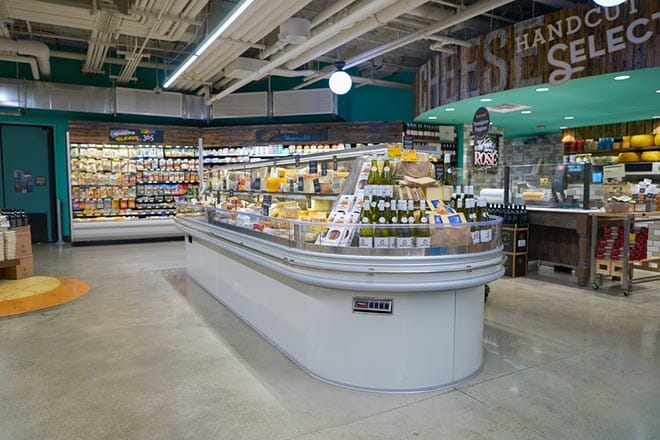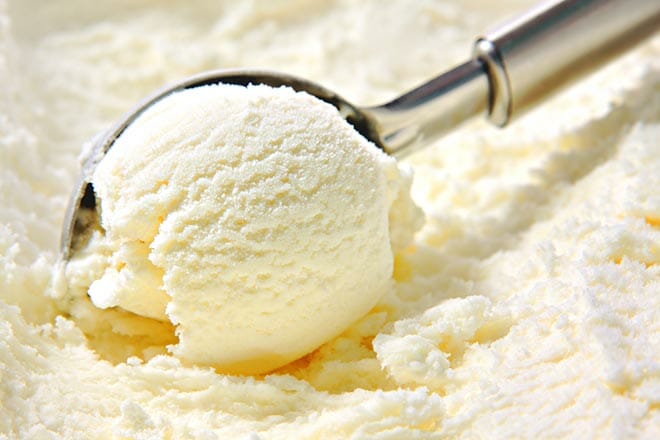Flavor development and manufacturing is a multibillion-dollar industry touching almost everything we eat and drink. Many processed foods come with ingredient labels listing “artificial flavors” as one of several key ingredients. So what exactly are artificial flavors and how does wire cloth play a part in its production?
The FDA broadly defines natural flavors to include any flavor isolated from natural sources like plant material or animal products. Artificial flavors are any flavors not defined as natural, even if they have identical chemical compositions as flavors directly from nature. Artificial flavors are chemical mixtures mimicking natural flavors in some way. An estimated 90 percent of grocery store products begin in a laboratory, with chemical formulas recreating the flavors of everything from oranges to barbecue.

Setting flavor standards
The Flavor and Extract Manufacturers Association (FEMA) is the national association of the U.S. flavor industry, including flavor manufacturers, flavor users and flavor ingredient suppliers. It has developed the generally-recognized-as-safe (GRAS) concept to assess the safety of flavoring substances. This GRAS list currently has over 2,800 approved ingredients for use by the U.S. flavor industry.
The flavor makers
Companies like WILD Favors, Synergy, OmniFlavors and Frutarom develop flavors for every type of food and beverage. Savory or sweet, new taste combinations are continuously being tested, developed and brought to market. Laboratory produced flavor agents undergo rigorous quality control at every stage. Many nature-identical artificial flavors are purer than their natural counterparts.
What are flavors made of?
Natural flavors are complex, but many flavors, especially fruit flavors have just one or a few dominant chemical components called esters. If an orange ester is added to a product, the product will taste like an orange. For even more realistic flavors, additional chemicals are added to get closer to the real thing either by trial and error or by chemical analysis of the natural flavor.
Now let’s briefly look at two examples of natural flavor extraction that require filtration through wire cloth or wire mesh.
Just plain vanilla
Vanilla is the most popular flavor in the world. When vanilla beans are processed, they are inspected by looking, touching, and smelling, then released for production. They are sent to a milling machine which splits the beans. The split beans are loaded into stainless-steel extracting tanks where water and alcohol are circulated over them. Then the finished vanilla is filtered through wire cloth or wire mesh into a holding tank to await bottling. It takes 13.35 ounces of vanilla beans to make just one gallon of vanilla extract.

Instant coffee
Instant coffee begins with brewing coffee in highly efficient extraction equipment. Softened water passes through several columns of ground coffee beans. The water passes through alternating hot and cold cells for extraction of difficult components like carbohydrates and the more flavorful elements. The extract is cooled and at this point contains 20 to 30 percent solids. It is then filtered through wire cloth or wire mesh to achieve an extract that is at least 40 percent solids. In some cases, the liquid is processed in a centrifuge to separate out the lighter water from the heavier coffee extract.
A savory review
To summarize several key points about the science and manufacturing of flavors:
- Artificial flavors imitate natural ones and may be chemically identical
- The Flavor and Extract Manufacturers Association’s generally-recognized-as-safe (GRAS) list of approved ingredients is used by U.S. flavor creators
- Wire cloth and wire mesh are often used in the flavor extraction process
SaniClean Strainers, a Newark Wire brand, manufactures a complete line of wire cloth and industrial 3A certified strainers, assemblies, replacement parts, and filter media suitable for a wide range of applications and capacities – including flavor manufacturing. Contact them today and get their products and expertise working for your next flavorful filtration project.
